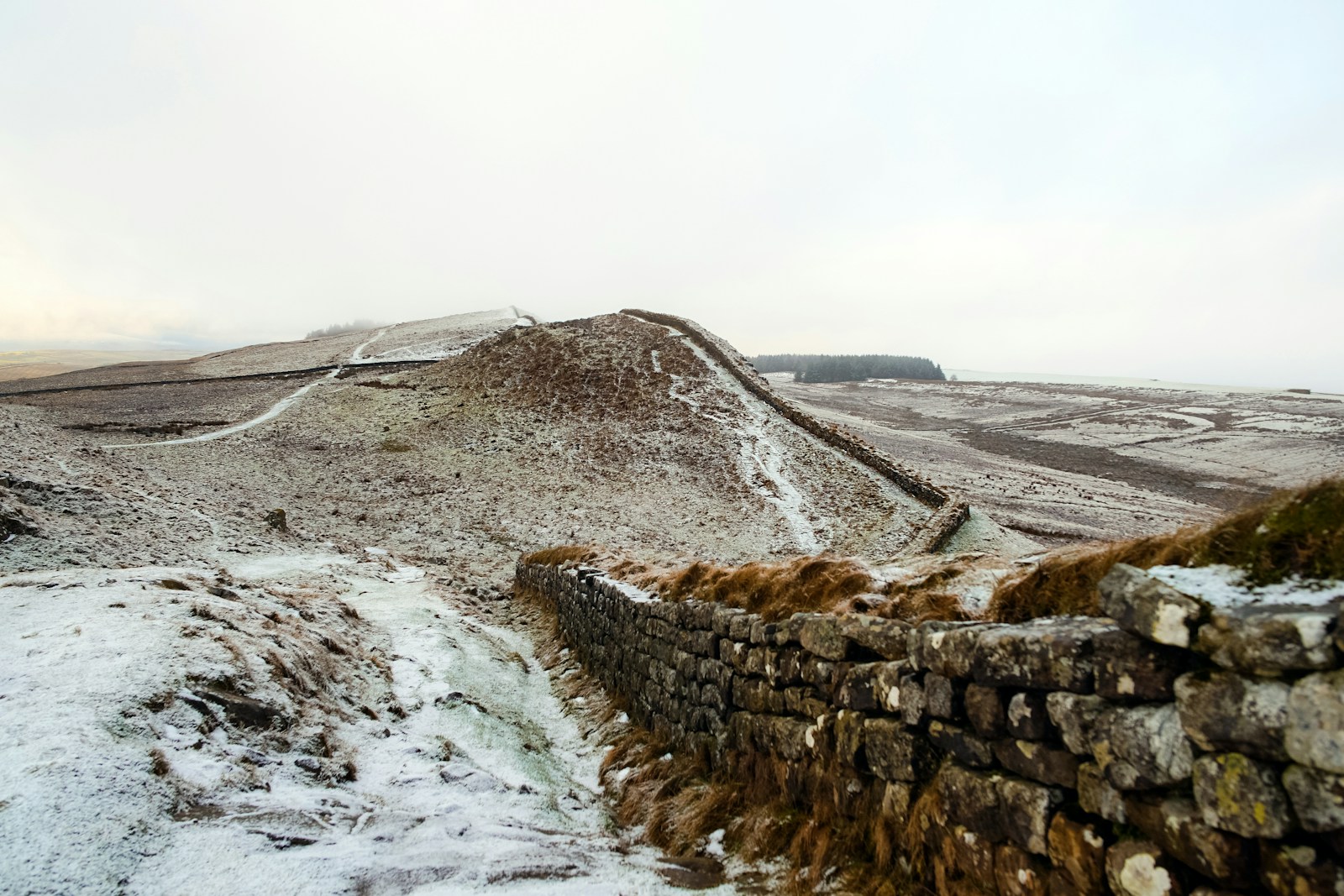
Discovering Hidden Gems: Ancient Sites Beyond Stonehenge
When we think of ancient Britain, the majestic Stonehenge often steals the spotlight. This iconic stone circle draws millions of visitors each year, leaving many to wonder if there are other equally fascinating sites that are less trodden and rich in history. In this journey through time, we’ll explore some of these hidden gems that rival Stonehenge but come with significantly fewer crowds. Let’s lace up our walking shoes and dive into the enchanting world of ancient sites waiting to be discovered!
The Allure of the Ancient
Britain is sprinkled with ancient sites that tell the story of our ancestors, their beliefs, and their way of life. These locations often evoke a sense of wonder and curiosity, transporting us to a time when the landscape was shaped by rituals and traditions. While Stonehenge is undoubtedly impressive, it’s refreshing to seek out the quieter corners of Britain’s history.
Avebury: A Stone Circle Like No Other
A stone’s throw from Stonehenge sits Avebury, a sprawling stone circle that not only rivals its more famous neighbor in size but also offers a unique experience. Established around 2850 BC, this UNESCO World Heritage Site features the largest stone circle in Europe, encompassing the village of Avebury itself.
Why Visit?
- Fewer Crowds: Unlike Stonehenge, which can feel like a bustling marketplace, Avebury offers a serene atmosphere where you can wander among the stones at your leisure.
- Interactive History: You can walk right up to the stones, touch them, and even sit in their shadows, creating a tactile connection to the past.
- Thought-Provoking Lore: The site is steeped in folklore, including tales of giants and ancient rituals that make for captivating storytelling.
Stroll through the village, pop into the Avebury Manor, and explore the small museum dedicated to the site. Every corner of Avebury has a story waiting to be told.
Silbury Hill: The Enigmatic Mound
Just a short distance from Avebury lies Silbury Hill, a massive artificial mound that rises 40 meters high. Believed to have been constructed around 2400 BC, its purpose remains a mystery. Was it a burial site, a ceremonial platform, or something entirely different? The debates continue, adding to its allure.
What to Expect
- Unique Landscape: Silbury Hill is surrounded by stunning countryside, making it an ideal spot for a peaceful picnic. The hill itself is an impressive sight, especially when viewed from a distance.
- A Sense of Mystery: The unknown aspects of Silbury Hill invite contemplation. Visitors often leave with more questions than answers, which can be equally thrilling.
- Great for Photography: The hill’s symmetry combined with the picturesque landscape makes for some fantastic photo opportunities, especially during sunset.
West Kennet Long Barrow: A Portal to the Past
West Kennet Long Barrow is one of the largest burial mounds in Britain, dating back to around 3650 BC. This neolithic tomb offers a peek into the burial practices of ancient communities.
Exploration Highlights
- Ancient Architecture: The long barrow is a marvel of ancient engineering, constructed with large sarsen stones. As you walk through the passageway, you’ll feel the weight of history enveloping you.
- Spiritual Atmosphere: Many visitors describe a profound sense of peace and spirituality when inside the tomb. It’s a quiet space that encourages reflection on life and death.
- Stunning Views: The location provides breathtaking views of the surrounding landscape, blending natural beauty with historical significance.
Maeshowe: Viking Graves in Orkney
Traveling to the Orkney Islands, you’ll encounter Maeshowe, a neolithic chambered cairn built around 2800 BC. This impressive structure is not only remarkable for its architecture but also for the Viking graffiti that adorns its stones.
A Unique Experience
- Viking Connection: The inscriptions left by Viking visitors in the 12th century add a layer of intrigue and connect different eras of history.
- Guided Tours: Access to Maeshowe is typically through guided tours, which provide fascinating insights into the construction and purpose of the site.
- Seasonal Solstice Events: If you’re fortunate enough to visit during the winter solstice, you might witness the sun illuminating the chamber in a beautiful spectacle.
The Rollright Stones: Legends of the King
Nestled on the borders of Oxfordshire and Warwickshire, the Rollright Stones consist of three distinct groups of stones, each with its legend and charm. Dating back to the neolithic and bronze ages, these stones have been a source of intrigue for centuries.
What Makes Rollright Special?
- Rich Folklore: The tales surrounding the stones include that of a king turned to stone by a witch, making for a delightful narrative to share with friends.
- A Quaint Setting: The rural location allows for a peaceful visit, where you can enjoy walking the trails and taking in the natural beauty.
- Accessibility: The site is easily reachable, with no entry fees, making it an affordable option for those looking to explore ancient history.
Thornborough Henges: A Lesser-Known Wonder
Thornborough Henges, located in North Yorkshire, comprises three large henges that are thought to be ceremonial sites dating back to around 3500 BC. This remarkable site is often overlooked, making it a true hidden gem.
Unveiling the Henges
- Impressive Structure: The henges are impressive in scale, with earthworks that provide a striking landscape. This expansive area invites exploration and appreciation of its magnitude.
- Cultural Significance: The site has been a focal point for archaeological research, revealing insights into the ceremonial practices of ancient Britons.
- Quiet Contemplation: With fewer visitors than other sites, Thornborough Henges offers a reflective space to ponder the mysteries of ancient rituals.
Conclusion: Embracing the Hidden History
Exploring ancient sites beyond the confines of Stonehenge opens up a treasure trove of history, mystery, and beauty. Each of these locations offers a unique glimpse into the lives of our ancestors, inviting us to connect with the past in a way that feels personal and profound. So, the next time you consider taking a historical tour, remember that hidden gems like Avebury, Silbury Hill, and the Rollright Stones can provide rich experiences without the hustle and bustle of the more popular attractions. Embrace the allure of secret Britain, and you might just stumble upon stories and landscapes that resonate with you long after your journey has ended.


